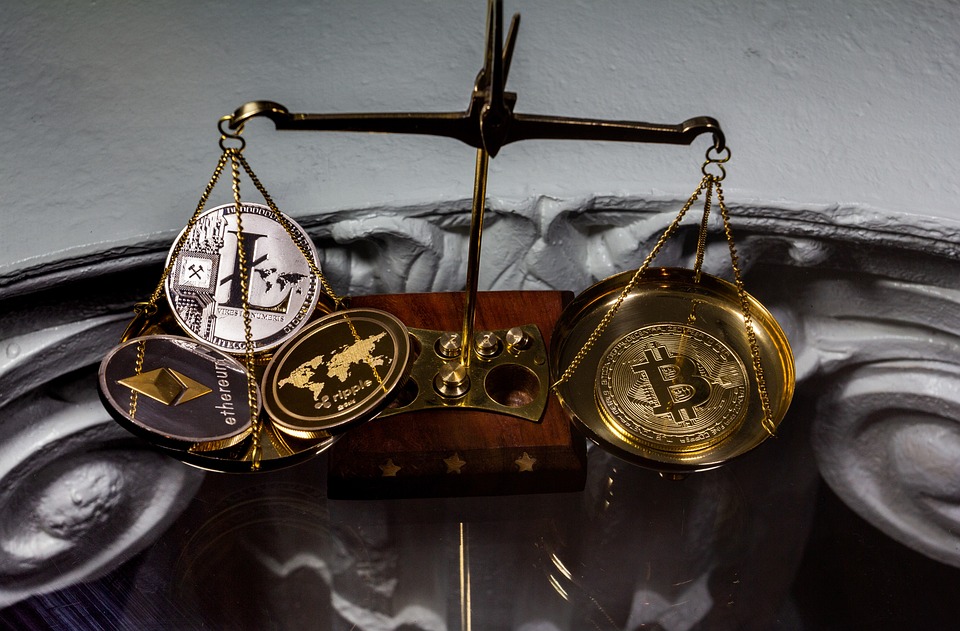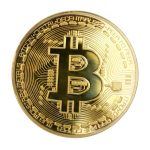In recent years, Non-Fungible Tokens (NFTs) have garnered significant attention, transforming how we perceive ownership and value in the digital realm. Originally associated with digital art and collectibles, NFTs are quickly evolving into a multifaceted asset class, demonstrating their potential across various industries. As technological advancements continue to push the boundaries of what NFTs can achieve, the next generation of digital assets is poised to reshape economics, art, entertainment, and beyond.
Understanding NFTs: The Basics
At their core, NFTs are unique digital tokens that represent ownership of a specific item or piece of content on a blockchain, primarily Ethereum. Unlike cryptocurrencies like Bitcoin or Ethereum, which are fungible and interchangeable, each NFT possesses distinct characteristics that make it one-of-a-kind. This uniqueness is what provides NFTs with value, enabling creators and consumers to engage in ownership in novel ways.
From Art and Collectibles to Broader Applications
Initially, the NFT market exploded through digital art and collectibles. Iconic sales, such as Beeple’s "Everydays: The First 5000 Days" auctioned for $69 million, brought NFTs into the limelight. However, as the technology matures, innovative use cases are beginning to emerge, advancing the concept of digital assets into various sectors:
1. Gaming and Virtual Assets
The gaming industry is a fertile ground for NFT adoption. Players can now own in-game assets—like skins, weapons, and characters—represented as NFTs. Instead of being confined to a single game, these assets can be traded or used across multiple platforms, empowering players with a sense of true ownership. Games such as "Axie Infinity" and "The Sandbox" exemplify this shift, allowing players not only to collect NFTs but also to monetize their in-game skills and assets.
2. Music and Entertainment
The music industry is witnessing a transformation through NFTs, allowing artists to tokenize their work and connect with fans in unprecedented ways. Musicians can release their tracks as NFTs, granting fans exclusive rights to listen, own, or even remix the music. This approach disrupts traditional revenue models, enabling artists to retain a more significant share of their earnings while fostering closer connections with their audience. Platforms like Royal and Audius are pioneering this integration, allowing fans to invest directly in the music they love.
3. Real Estate and Virtual Worlds
The concept of virtual real estate is gaining traction with the rise of metaverses like Decentraland and Cryptovoxels. Users can purchase, develop, and sell virtual land as NFTs, mimicking the dynamics of physical real estate transactions. This shift showcases how digital certificates of ownership can bridge the gap between digital and physical worlds, allowing for new economic models and investment opportunities.
4. Identity and Credentials
NFTs are also being explored as a way to manage personal identity and credentials. By storing educational degrees, certifications, or professional accomplishments on a blockchain as NFTs, individuals can maintain verifiable, tamper-proof records. This application has implications for everything from job applications to academic record-keeping, streamlining verification processes while enhancing privacy and security.
5. Sustainable and Ethical Consumption
Emerging concerns around sustainability and ethical consumption have led to the development of NFTs that promote responsible practices. Brands are beginning to explore how NFTs can authenticate supply chains, verify the origin of products, and prove sustainable practices. By providing transparent ownership histories, consumers can make informed purchasing decisions, supporting brands that align with their values.
The Future Landscape of NFTs
As NFTs continue to evolve, several trends are shaping their future trajectory:
-
Interoperability: Future NFTs will embrace cross-chain compatibility, allowing users to access digital assets across various blockchain platforms seamlessly.
-
Fractional Ownership: Fractionalized NFTs will facilitate shared ownership, making high-value assets more accessible to a broader audience, and democratizing investment opportunities.
-
Community-Centric Models: Projects will place greater emphasis on community engagement, developing NFT ecosystems where holders receive exclusive access, rewards, and governance rights.
- Regulatory Guidance: As the NFT space matures, regulatory frameworks will emerge, providing clarity for creators, consumers, and investors while addressing concerns such as intellectual property rights and market manipulation.
Conclusion: The Path Ahead
The evolution of NFTs marks a pivotal moment in the digital economy, redefining ownership, value, and interaction in the virtual landscape. As the technology continues to innovate, the potential applications for NFTs will only expand, reshaping norms across industries while redefining our understanding of assets. The next generation of digital assets challenges us to rethink not just what we own, but how we connect, collaborate, and create in an increasingly digital world. As we navigate these changes, the onus is on creators, investors, and regulators alike to foster an ecosystem that prioritizes fairness, sustainability, and creativity in the unfolding chapter of NFTs.




